Process
SeedbedThe roots of the plants are very delicate and require soil free of weeds, only then can they welcome the seeds that will become strong and promising plants. |
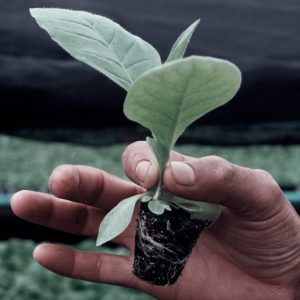 |
PlantationOnce these little plants ha reached a height between 15 to 20 cm., they are planted in separate rows with enough space between them to allow them to grow. An hectare will accomodate approximately 25 thousand plants. |
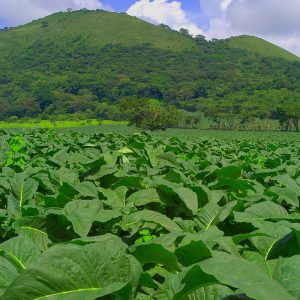 |
DryingThe plant grows and develops,by slowly taking the best nutrients from the land, until it reaches maturity. Once this is accomplished, the harvest begins. Later, the tobacco is taken to the tobacco barns, where agile fingers entwine them with cords and hang them from bamboos that are placed a different heights to be dried. |
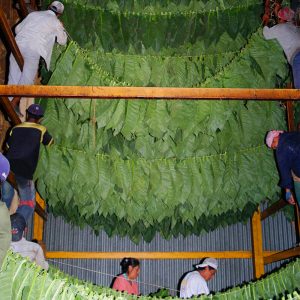 |
First FermentationOnce the leaves are cured and the tobacco has lost a great of its weight in water, bundles of leaves called “matules” are formed and taken to the warehouse. There, they are placed in piles called “trojes” were the temperature is carefully monitored during the fermentation process. |
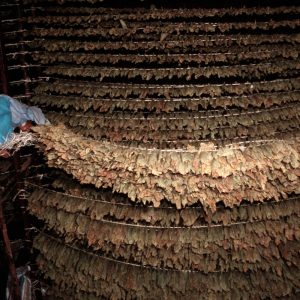 |
Second FermentationAfter the first fermentation, the leaves are classified according to size, color and texture. New bundles called “gavillas” are formed and placed again in piles (trojes) to be fermented with the intensity required according to their quality. It is during this process that the tobacco refines its aroma and taste. |
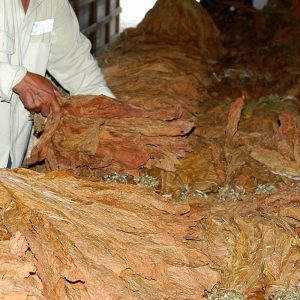 |
AgingOnce the fermentation is complete, the tobacco is packed in bales (or “tercios”) to be stored in the warehouse.There, the tobacco is aged and its aroma and taste is further enriched. Once the desired aging is reached, the tobacco is ready to be given to the “tabaqueros” who will make the cigars. |
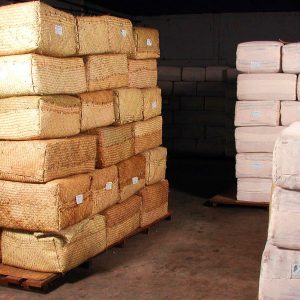 |
BunchingTo begin the making of a cigar, the tabaquero takes leaves called “filler” and forms with them the inner part of the cigar, leaving air channels where the smoke will go through. The filler is then wrapped with another leave called “binder” to form what is known as “bunch”, which is then placed in molds that are later pressed to give the round shape to the cigar. |
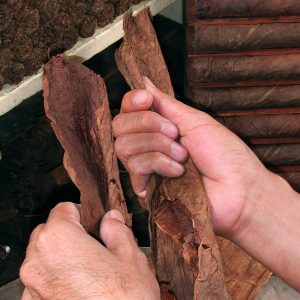 |
RollingAfter approximately 20 minutes, the pressed bunchos are taken out of the molds to initiate the “rolling”, which consists of using a leaf called “wrapper” to cover the buncho and give the cigar its final look. |
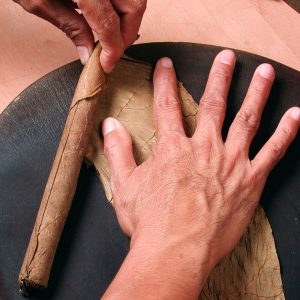 |
Cigar HeadWith the same leaf used to wrap the cigar, the head is formed in one end of the cigar. The Santa Clara tabaqueros make the “natural head” out of the same wrapper without never cutting it separate from the cigar. That is known to experts as a signature of a master cigar maker. |
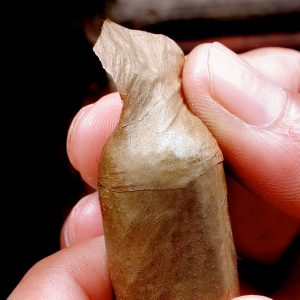 |
LabelingThe cigar goes through several quality control steps and then the cigar band is placed to frame the finishing of an exceptional process. |
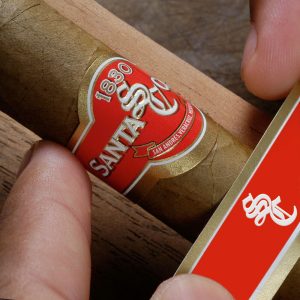 |
